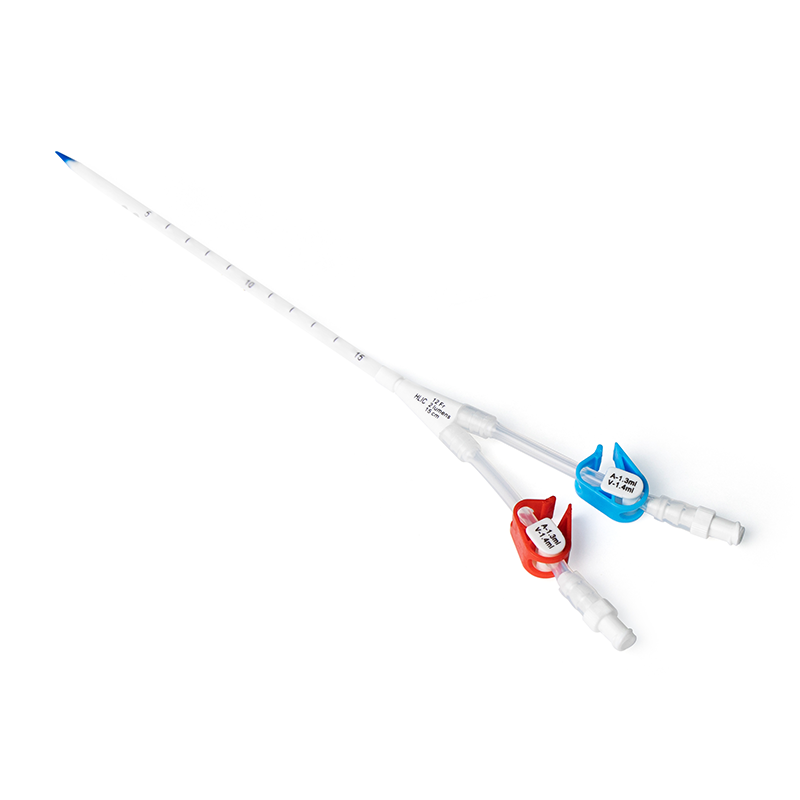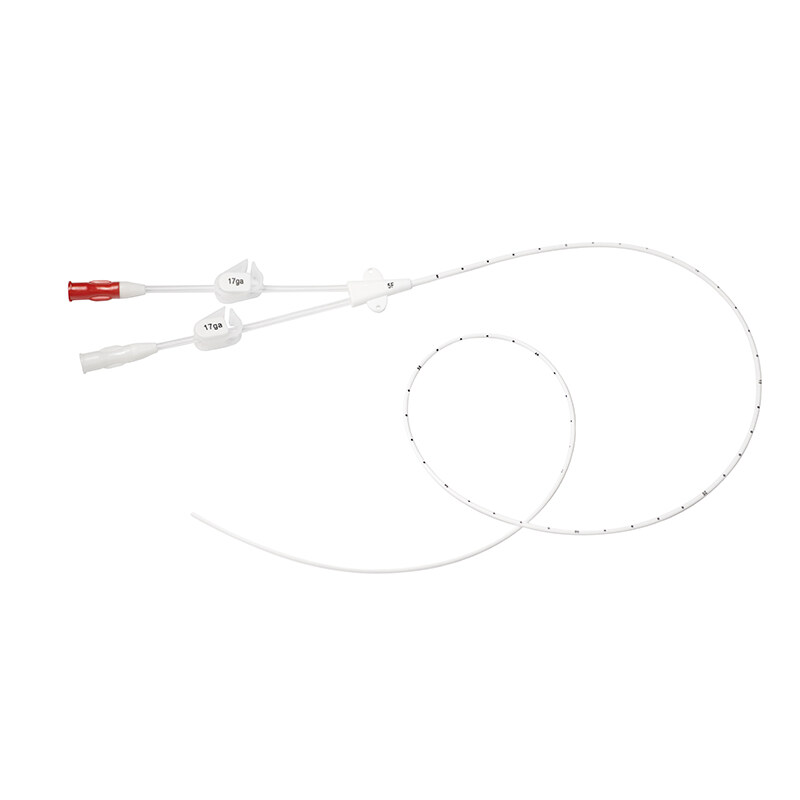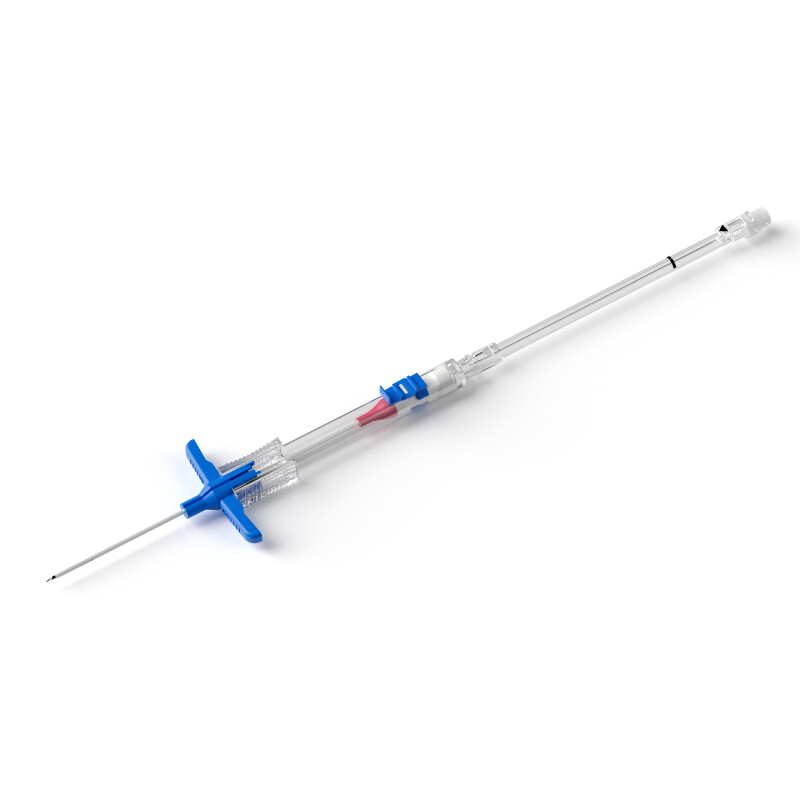The 9th edition of the Infusion Therapy Standards of Practice provides expanded guidance on phlebitis, including its causes, strategies to reduce risk, and management approaches, as outlined below.
Classification and Etiology of Phlebitis
1. Chemical phlebitis: Associated with irritant medications such as nicardipine, norepinephrine, levetiracetam, flucloxacillin, vancomycin, dobutamine, and iron sucrose.
2. Mechanical phlebitis: Related to catheter placement at joint sites, use of polytetrafluoroethylene (Teflon™) catheters, or rapid infusion rates. The standards note that the use of improved catheter materials (e.g., polyurethane) may reduce phlebitis.
3. Infectious phlebitis: May occur due to intraluminal contamination (e.g., through contaminated needleless connectors or infusates) or extraluminal contamination (e.g., inadequate skin antisepsis, contamination at insertion, or hematogenous spread from infection at another body site).
4. Post-infusion phlebitis: The time window for occurrence has been revised from within 48 hours after catheter removal to within 48–96 hours.
Strategies to Reduce the Risk of Phlebitis
1. Select an appropriate central vascular access device (CVAD) based on the anticipated duration and type of infusion therapy.
2. Ensure peripheral intravenous catheter (PIVC) insertion is performed by experienced infusion therapy nurses to improve first-attempt success rates and minimize complications.
3. Allow skin antiseptic to fully dry before puncture.
4. Use the smallest-gauge catheter suitable for therapy, with preference for large, straight veins; avoid insertion at joint sites and in the lower extremities (except in neonates or immobile infants).
5. Follow pharmacist-directed recommendations for infusion rates, administration routes, dilution concentrations, and drug compatibility to reduce the risk of chemical phlebitis.
6. Given the wide variability in post-infusion phlebitis rates (1%–23%), monitor PIVC sites for 48–96 hours post-removal to detect potential phlebitis.
Management of Phlebitis
1. If signs or symptoms of phlebitis occur, consider removal of the PIVC based on clinical judgment.
2. Symptom relief may be achieved with warm or cold compresses, nonsteroidal anti-inflammatory drugs (NSAIDs), glycerin, aloe vera, or chamomile applications.
3. Document and assess the site of infectious phlebitis, monitor for systemic infection, and consider surgical intervention if indicated.
4. In pediatric patients, antibiotic and anticoagulant therapy can help manage suppurative thrombophlebitis.
References
1. Van Boxtel T, Pittiruti M, Arkema A, et al. WoCoVA consensus on the clinical use of in-line filtration during intravenous infusions: current evidence and recommendations for future research. The Journal of Vascular Access. 2022;23(2):179–191.
2. Urbanetto JS, Muniz FOM, Silva RMD, et al. Incidence of phlebitis and post-infusion phlebitis in hospitalized adults. Revista Gaúcha de Enfermagem. 2017;38(2)\:e58793.
3. Goulart CB, Custódio CS, Vasques CI, et al. Effectiveness of topical interventions to prevent or treat intravenous therapy-related phlebitis: a systematic review. Journal of Clinical Nursing. 2020;29(13/14):2138–2149.
4. Ren P, Cao J, Gao P, et al. Interpretation of vascular access device complications in the 2024 Infusion Therapy Standards of Practice by the Infusion Nurses Society. Chinese Journal of Nursing Research. 2025;39(15):2497–2503.





